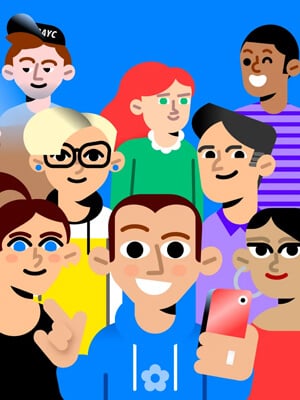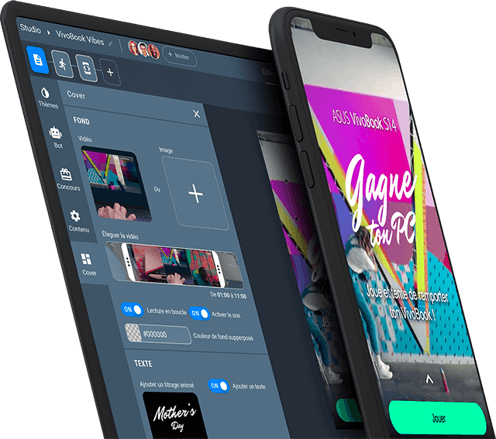You have probably been reading about conversational marketing lately (unless you've been living under a rock for the past 12 months), and might be wondering what the fuss is all about. I aim at answering this question and demonstrating its value to your business in this article.
But first, let me give you some context. A recent Walker study found that customer experience will overtake price and product as the key brand differentiator by 2020. Consumers want a more personal experience when they interact with their favorite brands. It's quite simple really, you need to bring back the human element in your ‘buying’ experience. By ‘buying’ experience, I mean any meaningful conversion point for your business. It could be subscribing to your newsletter, entering a contest or, ordering a product.
You need to find a way to prompt your audience to take action in the least obtrusive way possible. This is why more and more marketers agree that the traditional form collection mechanism is outdated.
Drift, a conversational software platform, explained why they switched from forms to conversations:
“At some point, being data-driven started being more important than being customer-driven. As a result, the buying experience most companies provide has become cold and impersonal. Not only is it a terrible experience for potential customers, it’s also bad for business.”
What is conversational marketing
Drift coined the term back in May 2018 by demonstrating in a lengthy, yet highly informative, article that it was the way customers wanted to buy. One thing worth mentioning here is that their opinion may be slightly biased since they sell their own conversational chatbot.
Conversational marketing's purpose is to cultivate genuine conversations and real relationships between brands and their customers by using live chat, chatbots, artificial intelligence (AI) and a variety of social tools, and doing it at scale.
Why it matters
For starters, let’s talk about the one object that you cannot live without. Hint: it is in your pocket right now and by the end of 2019, the number of people using one is forecast to reach 4.68 billion.
The smartphone has changed the world as we know it, and with it, the way consumers read, research, interact and buy. If you are a business with website and/or social presence, you have probably adopted a mobile-first marketing strategy. Otherwise, maybe it’s time for you to stop reading this article and get back to the drawing board (start here).
If I was to ask you to rate on a scale of 1 to 10 how much you like filling out a form on your phone, what would you say? If you are like most people, your answer is between 1 and 3.
As a marketer, we already obsess about providing a world-class experience to our visitors. But one thing we have neglected until now is the conversion point. For some obscure reasons, we were quite content with the good ol’ web form. Sure it can be challenging (and expensive) to provide a personalised conversation to every visitor when you have hundreds of them on your website at any point in time.
Enter technology and AI, the combination of which made it possible to place chatbots on your mobile sites and ultimately ‘talk’ with your visitors at scale, 24/7.
Any brands really. Companies like Starbucks, Nike, the New Yorker and Warner Bros have replaced their forms to service their mobile customers in real-time. No matter what your goals are, you can benefit from replacing your forms with a conversational bot.
The potential is quite limitless. Here is just a handful of applications:
- B2B/B2B Sale: qualify prospects by asking questions before scheduling with a sales rep,
- Customer Support: provide access to the right information in real time (faqs, connect to a live agent ...),
- Sell a Product: quickly find the best deal and send the product info to your visitor phone for quick purchase.
Real world examples
This is how Drift use a bot to guide potential through the demo booking process. They first ask you for the purpose of your demo, then ask you for a few details before showing the calendar of a sales rep and prompting you to pick a time and date. Pretty sleek:
Here is an example for Spring, an online ecommerce store. Their bot uses natural language processing (NLP) to locate the best answer for your question:
1-800-Flowers also uses a bot, this time on connected to Facebook messenger to allow their visitor to order flower gifts, track their order or request support:
Finally, here is an example from SNCF, the French National Railway company. They are piloting a bot, right now only on their French site, that uses NLP to show you train options based on where and when you want to go:
Of course, we cannot replace human to human conversations with robots, but we can deliver on a promise, one where our customers time is valued, their experience cared about, and their needs fulfilled.
Your brand can now provide a memorable experience thanks to the power of bots and conversational marketing.

.png)

